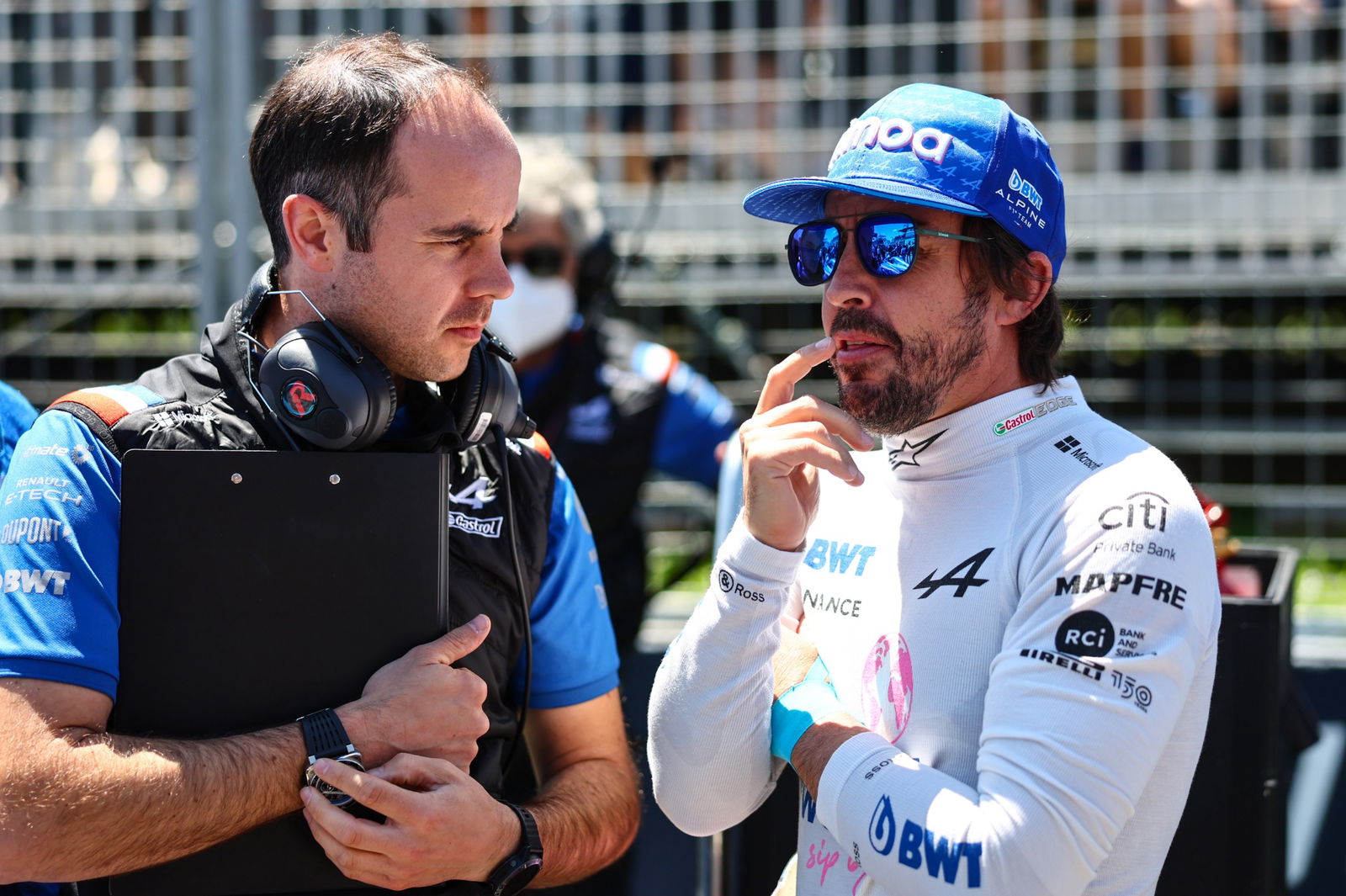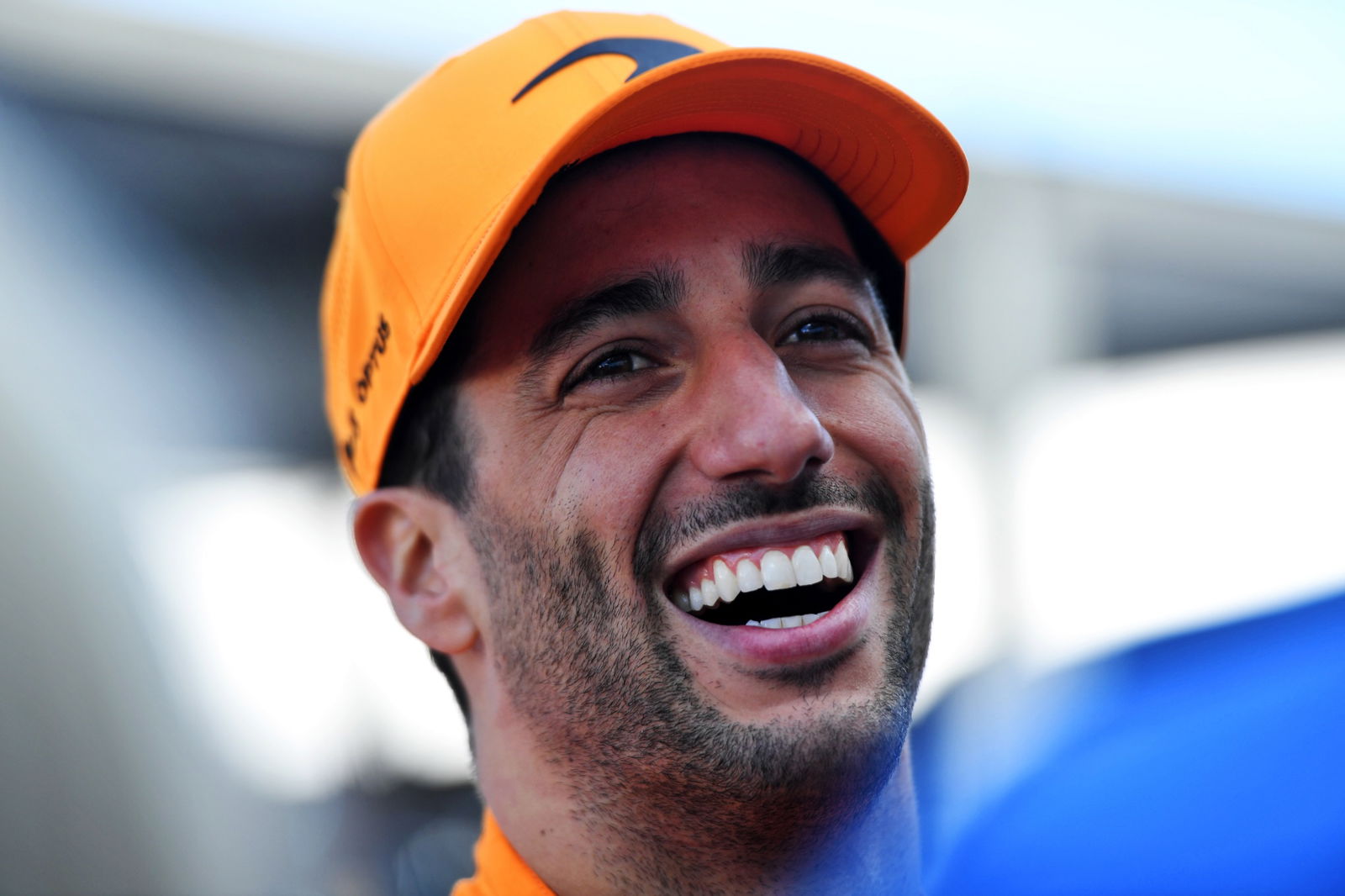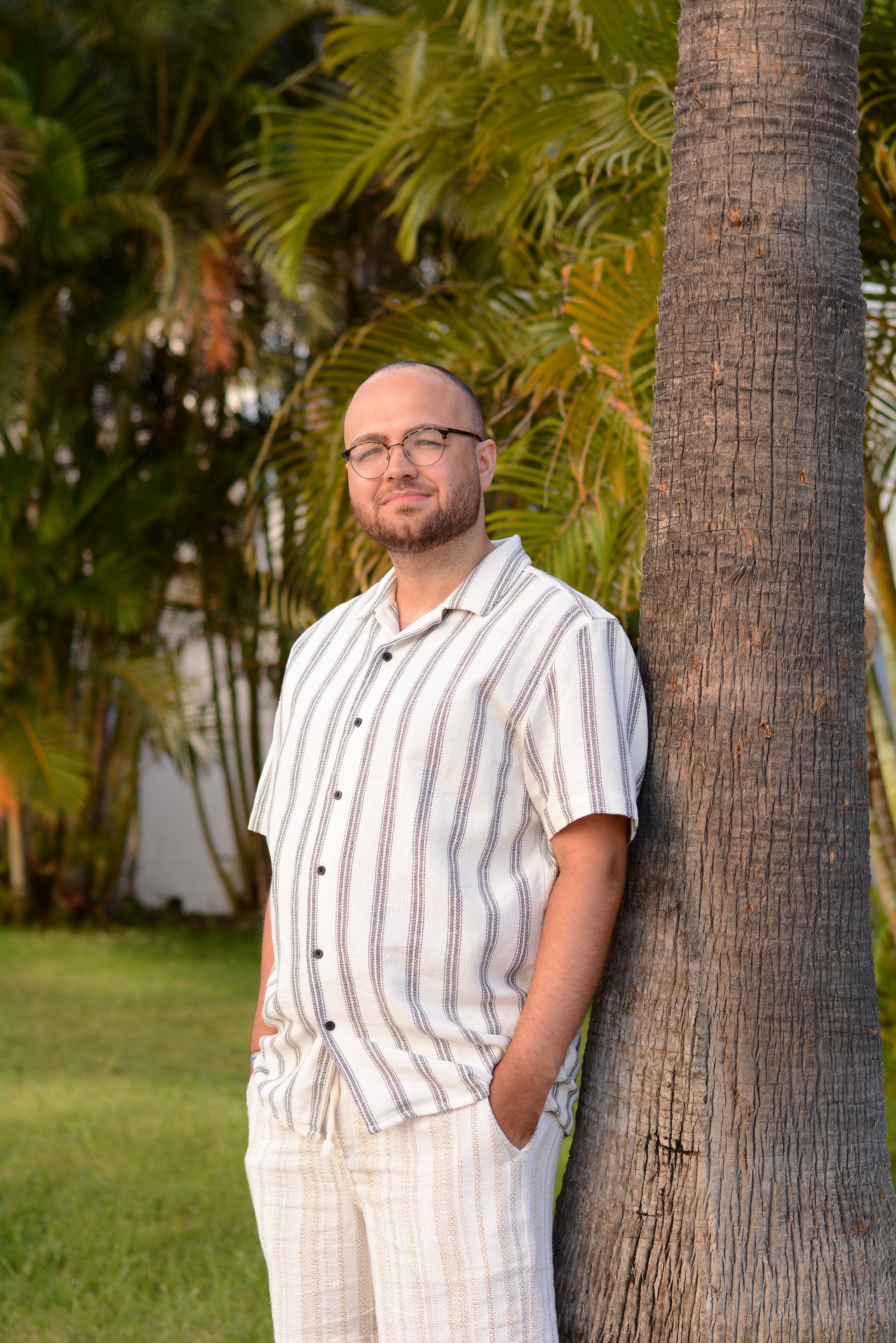How Fernando Alonso’s F1 Canadian GP unravelled - was it his last hurrah?

Fernando Alonso’s return to the front row of the F1 grid for the first time in 10 years was met with collective joy and excitement.
The 2012 German Grand Prix when he claimed pole position for Ferrari was the last time Alonso started in the top two, a remarkable statistic given the calibre and talent of the driver behind the wheel.
Immediately from the first practice session at the Circuit Gilles Villeneuve, Alonso was on it.
- Verstappen beats Sainz to Canadian GP victory, Hamilton returns to the podium
- Red Bull ‘lost communication’ with Verstappen’s F1 car in Canadian GP
- What did Hamilton, Verstappen, Sainz say in the cooling room?
- DRIVER RATINGS: 10/10 for Verstappen and one other driver… but for who?
Alonso remained in the top five across all three practice sessions, even topping FP3 in tricky, wet conditions ahead of qualifying.
It wasn’t a false dawn as the Alpine driver was reigning F1 champion Max Verstappen’s nearest challenger in Q3, although the Dutchman came out on top by over six-tenths.
Still, it was his best qualifying in a decade and on the basis of Friday practice, it was on merit.
After qualifying, Alonso vowed to attack Verstappen, making many of us excited for the race to start.
Come race day, Verstappen made the perfect start and maintained the lead into Turn 1 while Alonso settled into second.
Unfortunately for the Spaniard, his race started to unravel on Lap 9 when the Virtual Safety Car was deployed due to Sergio Perez’s stricken car.
Alpine’s strange strategy
After dropping a couple of seconds behind race leader Verstappen, Alonso lost out to his fellow countryman, Carlos Sainz, on Lap 3.
It seemed to be tactical from the 40-year-old as he was able to stick in Sainz’s DRS and thus remain protected from Lewis Hamilton behind, who was enjoying a strong afternoon in the Mercedes.
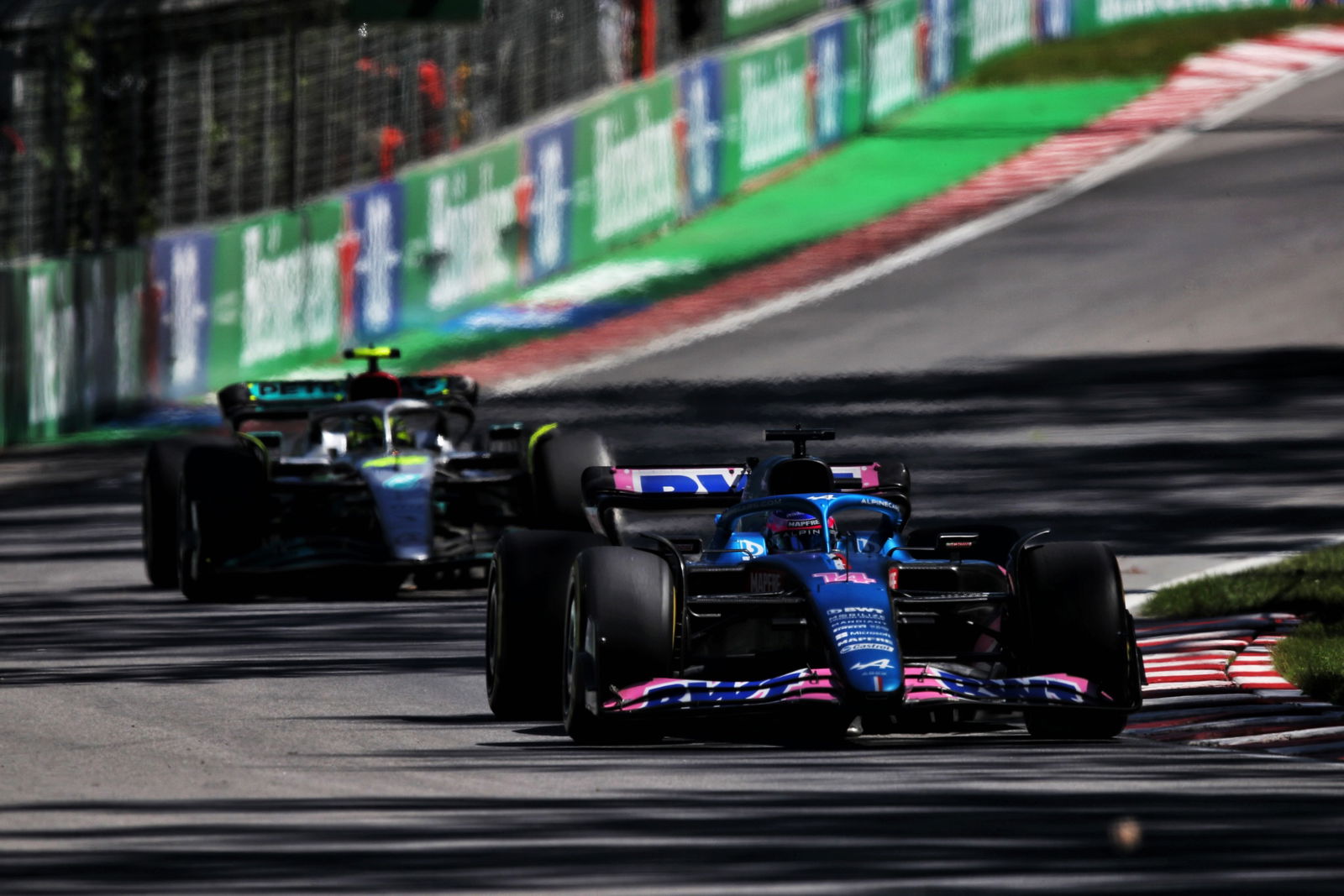
During the first 20 laps of the race, there were two Virtual Safety Car periods.
By pitting under the VSC, it costs you only nine seconds in lap time - rather than the usual 18 seconds - making it a free pit stop effectively.
Verstappen and Hamilton made use of the first VSC, while George Russell and Esteban Ocon, who were running considerably behind Alonso, pitted under the second one which was caused by Mick Schumacher.
On both occasions, Alpine kept Alonso out while all of his rivals stopped under the VSC with limited time loss.
When Alonso finally stopped for fresh rubber on Lap 28, he rejoined behind teammate Ocon and Charles Leclerc.
Speaking after the race, Alpine boss Otmar Szafnauer defended the team’s strategic choices in Montreal.
“If you stop that early, some of them did and had to stop again,” he said. “We stuck to our guns, I think that was the right thing. A two-stop wouldn’t have worked for us today.”
More reliability misfortune
Besides a poor strategy, Alonso had to contend with an ERS-related issue in the second half of the race.
Alonso confirmed that he had a clipping issue - the electrical power wasn’t being deployed correctly on the straights - costing him approximately one second per lap.
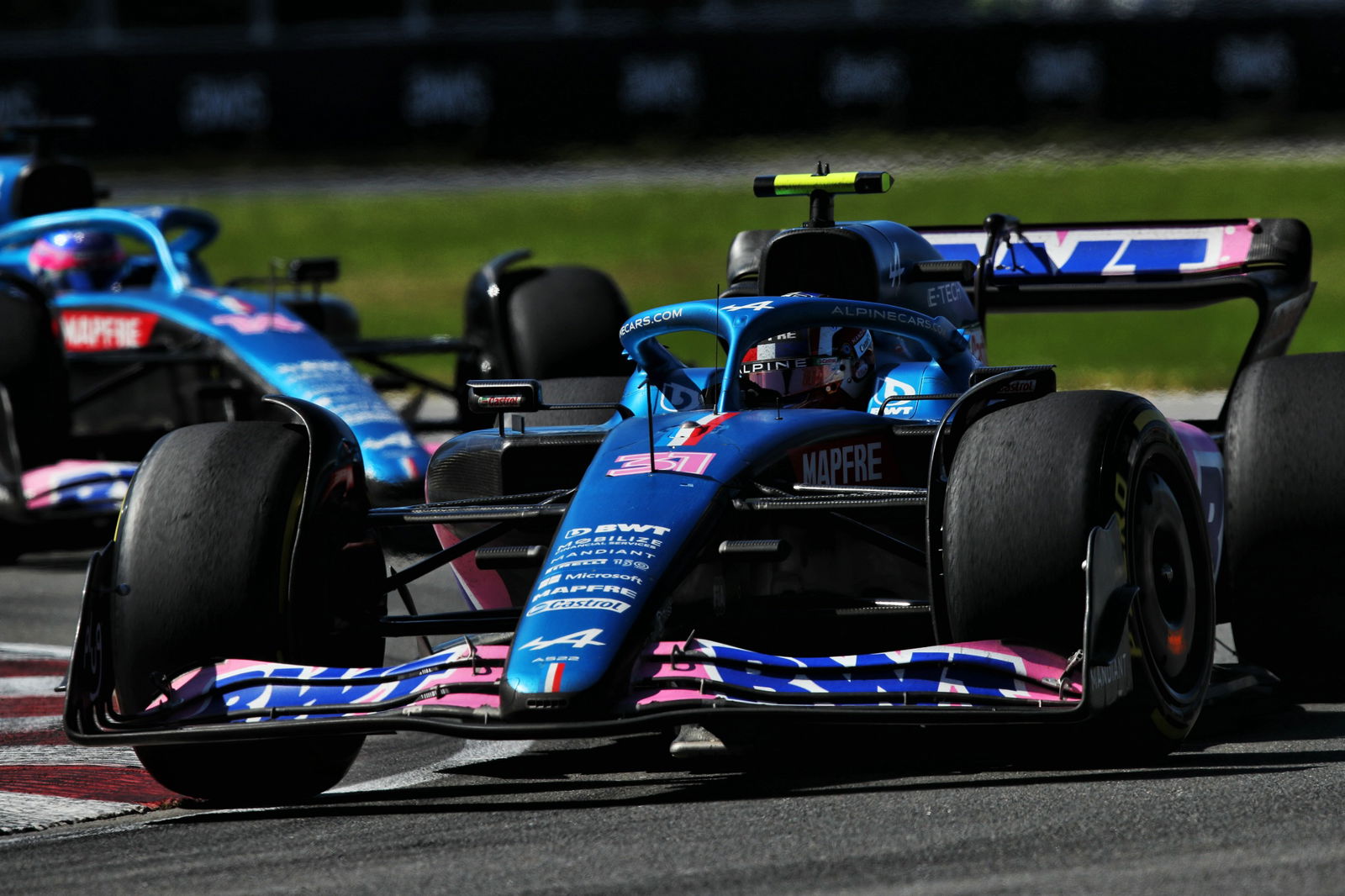
“The engine, that was the only answer,” Alonso replied when asked what went wrong in Canada. “We had an engine problem on lap 20 where we cut the energy very early on the straights, as soon as we exited the corners. We tried to fix it but it didn’t work. Luckily we didn’t retire the car and we still core a few points, but until that point I think we were fighting for the podium at the beginning of the race.
“I felt strong compared to Hamilton, we just didn’t have the pace of Verstappen and Sainz. I was OK to control Hamilton in the Mercedes. Then the Virtual Safety Cars, lucky or unlucky, that could change the race, OK.
“But we could still maybe be fighting for P3, P4. But then when the engine problem came, it was just trying to survive, trying to get the DRS, driving kamikaze in the corners before the detection because the DRS was my only safety on the straights after that.”
It’s not the first time this season that engine issues have ruined Alonso’s race as was the case in Bahrain, Saudi Arabia, Australia qualifying and now in Canada.
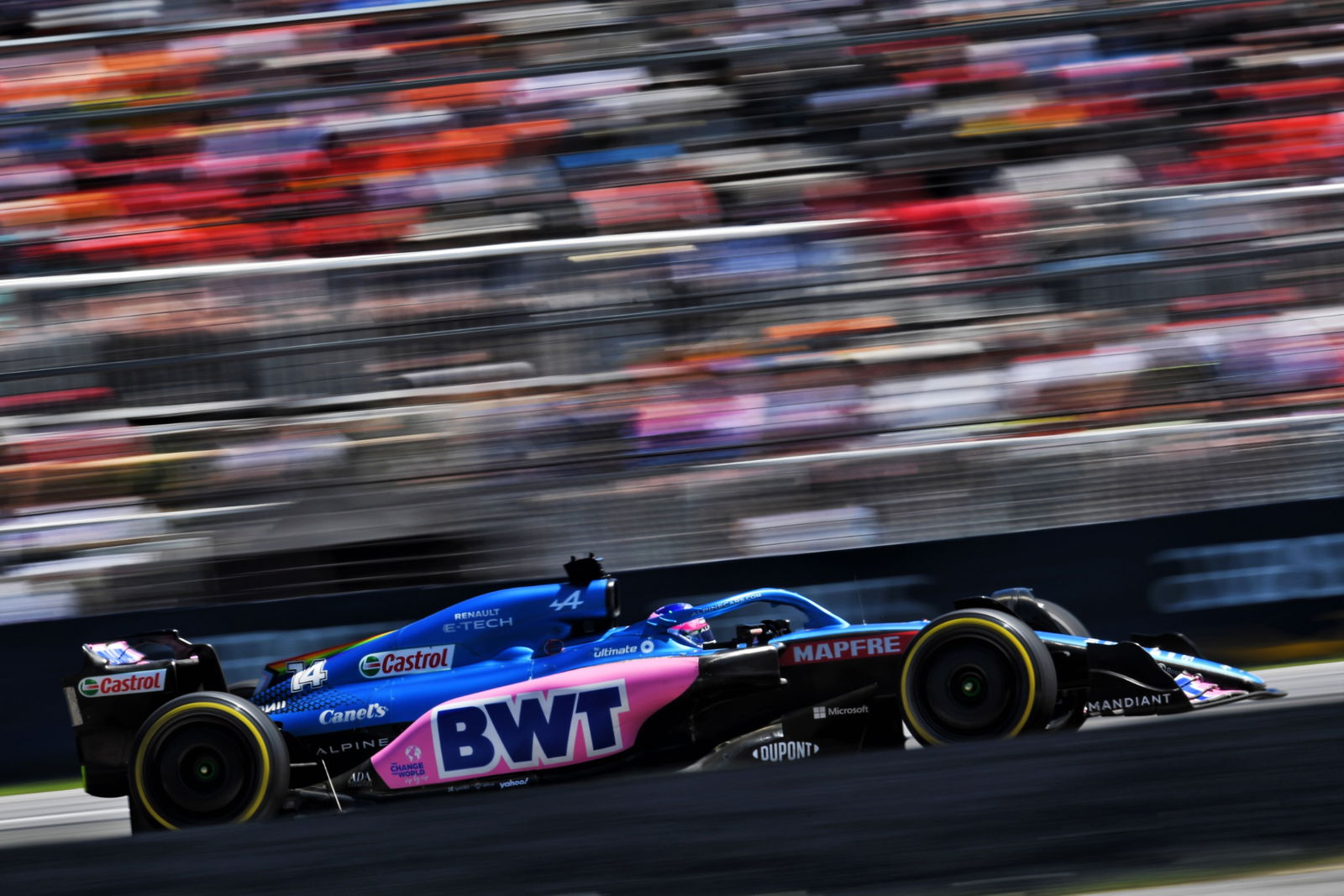
Without it, Alonso felt a top-four finish was on the cards but he was left to rue yet another reliability issue.
“It’s another reliability issue on car 14 only,” Alonso added in trademark fashion. “That’s disappointing. I’m here trying to be better than sixth and seventh, I think this weekend we were sixth and seventh. If we didn’t finish on the podium or in P4, it’s because we had a reliability issue on car 14.
“Unlucky maybe with the Virtual Safety Cars but the luck, you can’t control. Reliability on car 14 should be a little better.”
Penalty undoes great teamwork
The race turned on its head when the Safety Car was deployed on Lap 49 after Yuki Tsunoda had crashed at Turn 2.
With Alonso struggling with his engine, he was vulnerable to the two Alfa Romeos behind.
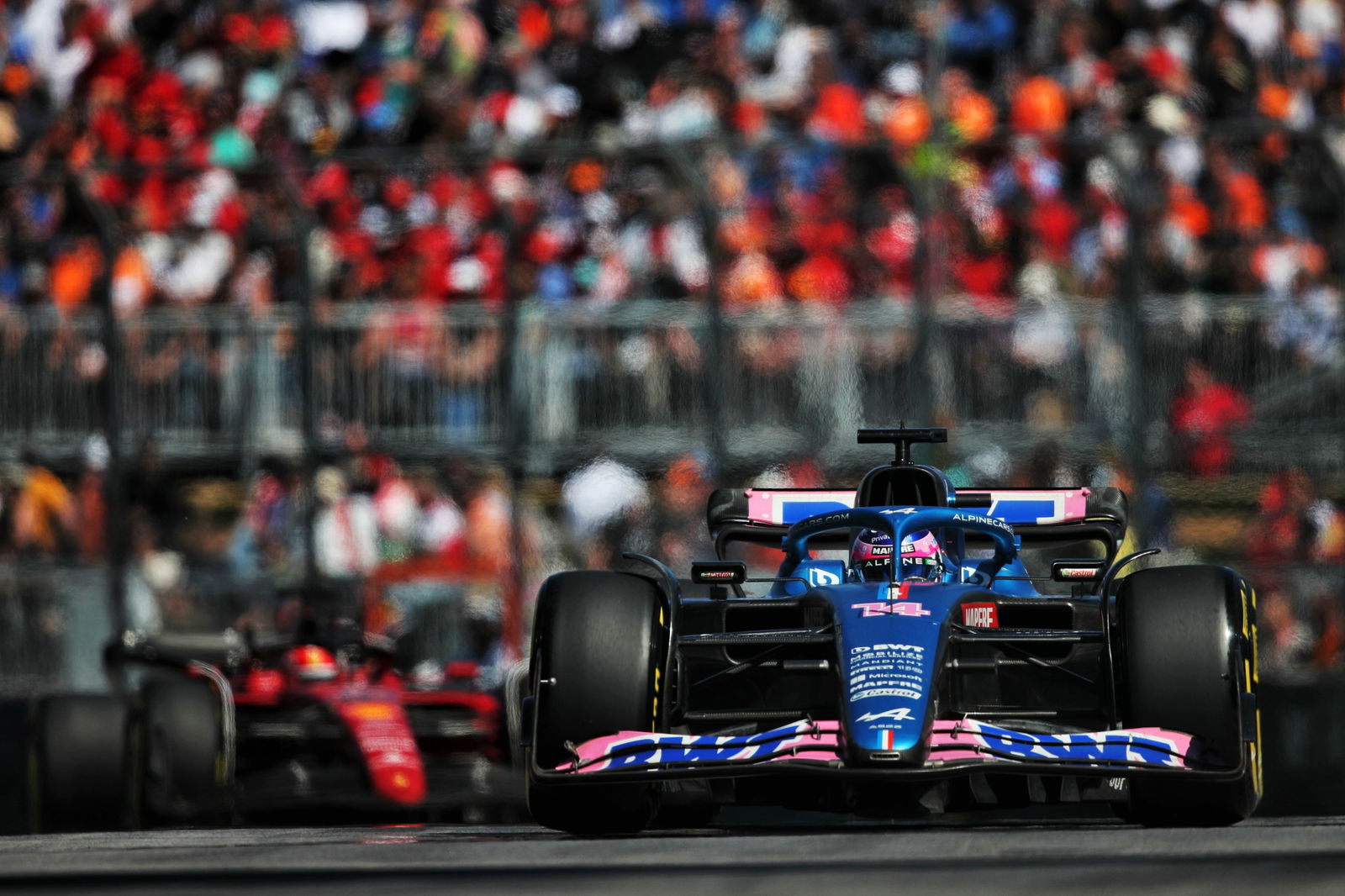
In a bid to defend from the two Alfas, Ocon deliberately slowed down to give Alonso DRS to defend from Valtteri Bottas.
“Esteban didn’t have any problems [and] was a bit quicker at the end,” Szafnauer explained. “He just dropped back such that we had a DRS train. “I think without the DRS train and the excessive clipping, Fernando would have been at risk of being overtaken and Esteban helped.
“We couldn’t switch the order because, then, we would have really been vulnerable. So yeah, it was the right thing to do and Esteban held back in order to allow that DRS train. He could have just gone away with it but that’s not good for the team.”
Alonso went too far with his defence on the final lap, incurring a five-second penalty for excessive weaving down the straight.
Ninth and just two points are what Alonso came away with from Montreal.
A big missed opportunity but another clear indication that F1’s most experienced driver still has what it takes to compete in the right machinery.
